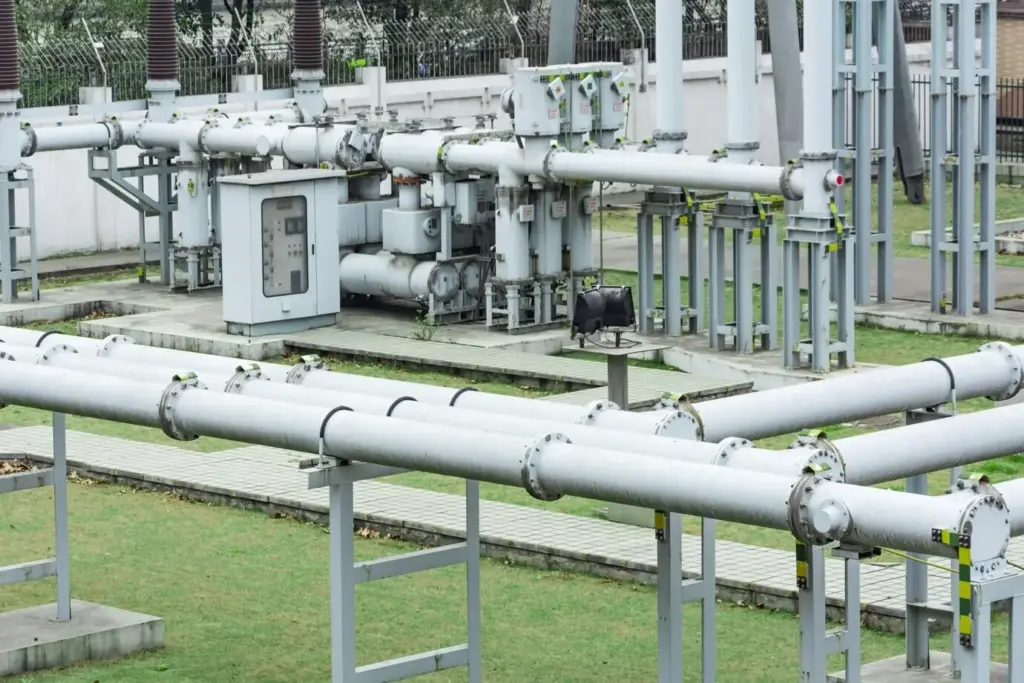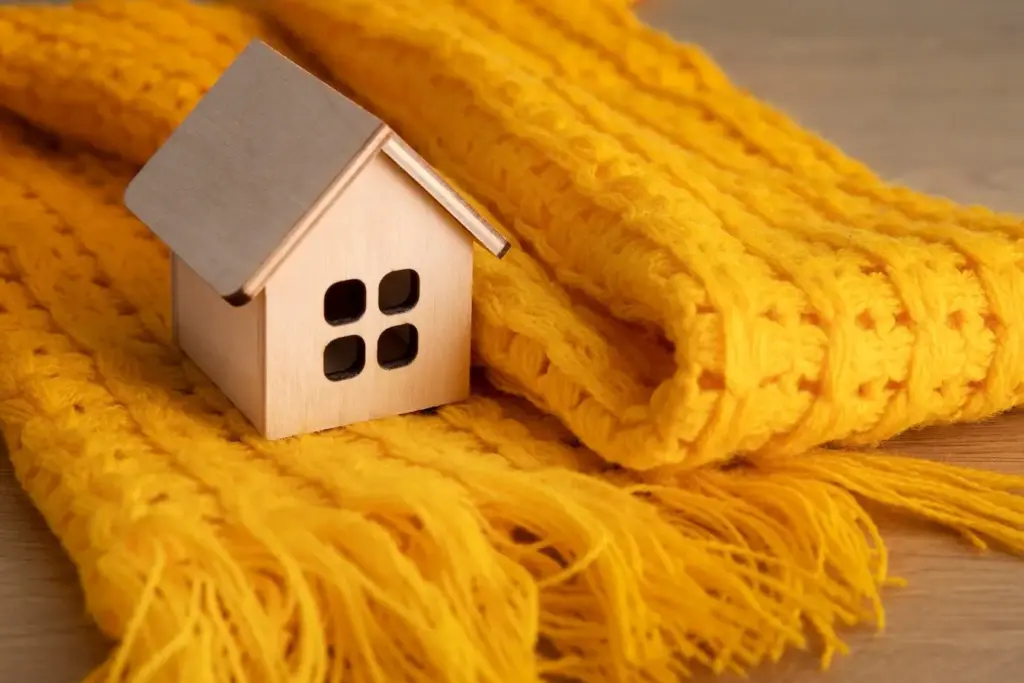Breathe New Life into Old Walls with Non‑Toxic Warmth
Know the Building Before You Touch It

Clues Hidden in Plaster, Brick, and Timber

Moisture Moves with Air Before It Diffuses

Honor the Craft While Updating Performance
Healthy Insulation Choices That Respect Old Fabric

Dense‑Pack Cellulose with Borate Confidence
Cellulose excels in old-wall cavities because it threads around lath keys, wires, and quirky framing, reducing convective looping and drafts. Borate treatments deter pests and add fire resistance without added fragrances. Dense-pack techniques must verify target density and avoid overpressure that cracks plaster. Paired with careful air sealing, it delivers quietness, stable temperatures, and a pleasantly resilient feel, all while reusing recycled content and lowering embodied carbon.

Wood Fiber, Hemp, and Cork for Breathable Comfort
Wood fiber boards, hemp batts, and cork sheets offer vapor-open buffering that smooths humidity swings, a crucial advantage in older assemblies. They can form continuous insulation layers, reduce thermal bridging, and accept lime plasters beautifully. Their sound-dampening qualities enhance serenity in busy neighborhoods. Sourced responsibly, these materials support forests and farms, translating into walls that feel warmer to the touch and kinder to the building’s historic bones.

Mineral Wool for Fire, Quiet, and Durability
Where fire resistance and acoustic control top the list, mineral wool shines. Its fibers are inert and noncombustible, helpful near party walls, chimneys, or narrow urban setbacks. It remains vapor-open and resists slump, keeping performance reliable. Combined with airtight plaster repairs and thoughtful flashing, it fits many historic scenarios without chemical odors. Choose batts with minimal binders, and maintain drying paths so timber and masonry remain confident over decades.
Assemblies That Stay Vapor‑Open and Safe







Air Sealing with Grace, Not Guesswork

Data‑Informed Choices Beat Assumptions

Monitor Quietly, Maintain Confidently
Money, Incentives, and Phasing Without Heartbreak

A 1920s Brick Rowhouse Finds Quiet Comfort
Victorian Roof Revived Without Losing Its Eaves
Care, Stewardship, and Your Next Steps

All Rights Reserved.